Future Funk: walking corpse or rising phoenix?
“Please stop using the term ‘future funk’ that’s not a real thing & you’re embarrassing yourself when you say that. Do a small amount of research and learn the history of disco house and funk music.” – Saint Pepsi on his Discord server.
This message was sent by Saint Pepsi, one of the founding fathers of future funk who now goes by the stage name of Skylar Spence, on June 27, 2020. At the time, I couldn’t believe that someone I admired so much would show great disdain towards the genre and music that made his career – still having no idea that artists like Tyler, the Creator and Radiohead disliked “Yonkers” and “Creep,” respectively. However, I soon brushed this message off as something of a joke considering it soon became a copypasta for the server, and Spence would go on to repress his most notable future funk album: “Hit Vibes”. My safe haven of future funk was still intact, until 2022, when I read an article entitled “The Fate of Future Funk” by Van Paugam, but I think I’m getting too far ahead of myself. Future funk, to me, has been a major part of my life, starting in high school and still going strong as I prepare to enter my final year of college. This piece is something I have been thinking about for a long time, arguably ever since I wrote one of my first articles, “A Love Letter to Video Games,” for The UCSD Guardian. This piece can be considered my love letter to future funk as I try to explain my relation to it, respond to articles like Paugam’s, and explain where I see future funk going in the journey that all niche genres go through.
But what even is future funk? Let’s begin with what future funk is on a technical level. Future funk is a subgenre of vaporwave that takes 70s and 80s songs, typically disco or Japanese city pop, increases their tempo, and adds some drums and kicks. Usually, future funk producers take what’s referred to as the “butter notes,” the best portions of a song, and loop them for a stretch of usually two minutes, with some songs also splicing in the vocals of the sample. To accompany the music, the artist will pair the track with either a GIF of an anime girl or with commercials from the 80s, and if they’re in Japanese, then even better. And that’s it. That is future funk on a technical level at its most simplistic.
My enchantment with future funk first began through vaporwave with Vektroid’s 2011 album, “Floral Shoppe” sometime in 2016, so I was very late to the party. Vaporwave, like future funk, takes samples of 80s music, but slows them down to the speed of molasses. “Floral Shoppe” eventually became Saint Pepsi’s 2013 album “Hit Vibes,” speeding up the tempo, and I have been hooked ever since. My first exposure to the album was the sixth track, “Around.” The beginning of the track makes the listener feel like they’re driving quickly through a dark tunnel with a light at the end of it, featuring a muffled sampling of Phil Fearon’s “Wait Until Tonight (My Love)” at the start, which then clears up and becomes louder, mimicking the listener exiting out to the light. It was like nothing I had ever listened to before, but more importantly, this song is what freedom and liberation felt like. Even now, when the constraints of young age have been replaced by the financial and political constraints of an ever-degrading world, this song still feels like freedom, like 5 P.M.-on-a-summer-evening-driving-in-a-convertible-with-the-wind-in-your-hair-type freedom.
While I enjoy the majority of future funk tracks because of this feeling, the simplicity of creating a future funk track eventually saturated the genre, making people either grow tired of it or become disillusioned with its future; one of these people who felt both was Van Paugam. Paugam is a DJ who specializes in mixing the original samples used to create future funk: 70s and 80s Japanese city pop. In his August 2020 article, which came well after the first heyday of future funk in the early to mid-2010s, he goes on to describe future funk as a “musical necromancy where the corpse of the original song is revived but the essence of what it truly was is absent, much like a dancey sonic zombie”; as a genre that would never be taken seriously; as a genre with a fan base who wouldn’t accept change and “wouldn’t accept [deviations] as real future funk”; as a genre “never destined to be greater than the sum of its parts.” Having almost two years of hindsight since the article, it is safe to say that Paugam was wrong, as future funk has gone through a revival and has now reached one of its biggest crossroads ever.
Yes, I must concede to Paugam that future funk, at one point, did become trite, despite how much I may enjoy it. However, this was simply an obstacle in the journey of the genre as within the span of two years, some of the original founding fathers of future funk – Yung Bae, Night Tempo, and Macross 82-99 – released a total of six albums, each artist demonstrating a potential path for future funk. Let’s begin with Macross 82-99. His 2022 album “SAILORWAVE III” remains true to the roots of future funk, featuring Sailor Moon on the cover, so anime girls can be checked off. In the audio department, Macross 82-99 also remains loyal to the sound and feeling of future funk: a joy ride that loops the “butter notes” for the entirety of the song and features vocals, typically just repeating a chorus. Macross 82-99 represents the mindset of “if it ain’t broke, don’t fix it” and proves that the tried-and-true formula can produce an album that is sonically different. The sound of the album feels more like the listener is flying through the mystical transformation scene of Sailor Moon than a party or city nightlife scene from his previous discography.
Moving to Night Tempo: in the span of two years, he released four albums that prove the range he has as a future funk artist. In his first 2021 album “Concentration,” he shows that the formula of future funk can be used to make a more serene experience for the listeners, almost bordering on lo-fi at times. Then, in albums like 2020’s “Funk to the Future” and 2021’s “Night Tempo presents the Showa Idol’s Groove,” he falls in line with Macross 82-99, using samples of former Japanese idols to make upbeat music, but rather than using a repeating chorus, Night Tempo makes it his mission to keep most of the vocals present for his tracks. In his most recent December 2021 album “Ladies in the City,” he takes an approach where he combines the future funk type-beat of the track with original lyrics, boasting Japanese idols from both the previous generation of the 80s like Sayaka Yamamoto, to more recent idols like BONNIE PINK. This last approach is most similar to Yung Bae’s newest 2022 album.
In his most recent album “Groove Continental: Side A,” Yung Bae calls back to his disco-sampling roots throughout the album. He features several beats that contain brass instruments similar to those found in disco records of the 70s. However, unlike his previous discography, with the exception of songs like “Bad Boy” and “Holding Your Hand” featuring bbno$ and Atlas, respectively, from older works, almost the entire album features original lyrics and vocals. It’s the selection of features on the album that compel me to feel like Yung Bae has taken future funk in a more pop, mainstream direction. The album boasts the presence of artists like Sam Fischer, Pink Sweat$, Jon Batiste, AWOLNATION, and Marc E. Bassy, all amassing millions of monthly listeners on Spotify. This is the crossroad I believe future funk finds itself at, the same crossroad that many niche genres have gone through.
Artists like Macross 82-99 are on the side of appealing to what made future funk a niche genre in the first place, while artists like Yung Bae appear to want to take the genre to a more mainstream audience, and
Night Tempo finds himself somewhere in between. This is something I think a lot of niche subcultures are prone to go through. Take anime as an example, a key component of the roots of future funk. Anime was originally a niche subculture in the United States before becoming accepted by the mainstream, and those who were there from the beginning often hold rancor against those beginning to turn their attention to anime, creating a divide between anime enjoyers. However, I don’t think future funk will ever go through this scenario. Although all the artists are taking the genre in different directions, they all enjoy working with each other. Yung Bae organized a concert in November of 2021 where both Night Tempo and Macross 82-99 opened the show for him, and the same is set to happen again in September of 2022. Thus, I believe that even if Yung Bae were to go fully mainstream, I doubt he would ever forget his future funk roots and will continue to work alongside the other artists and support their vision for the future of future funk.
I think a portion of a comment from the Paugam article summarizes my sentiments toward future funk and where it’s heading:
“I know you [Paugam] probably won’t read this as you are the writer, but if you are…[or] if anyone is out there… this music is not dead it’s just changing like every other genre out in the wasteland… don’t lose hope and keep on funkin’!”
Image courtesy of Macross 82-99 on Bandcamp.
Essay: Dear Future Funk
Apr 3, 2022
11
0
About the Contributor

Hector Arrieta, Arts & Entertainment Editor
I’m the goblin of the office (I sleep on the couches)
More to Discover



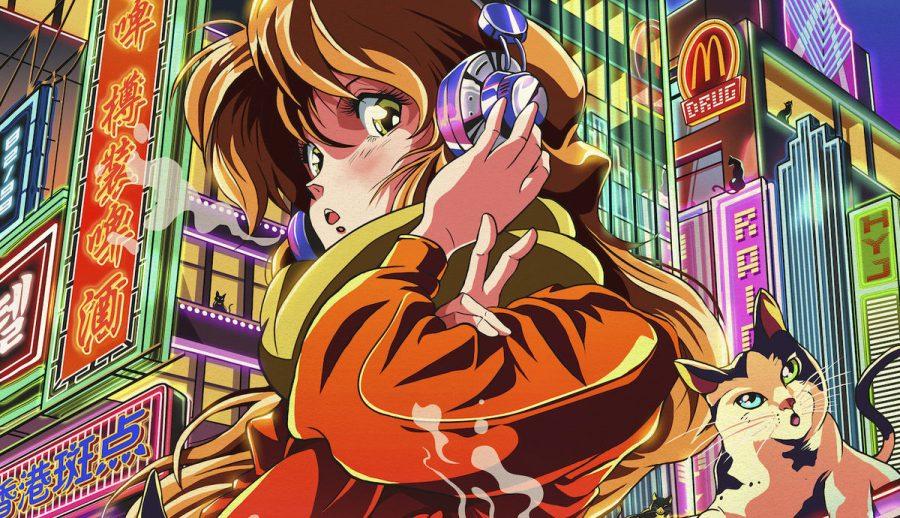
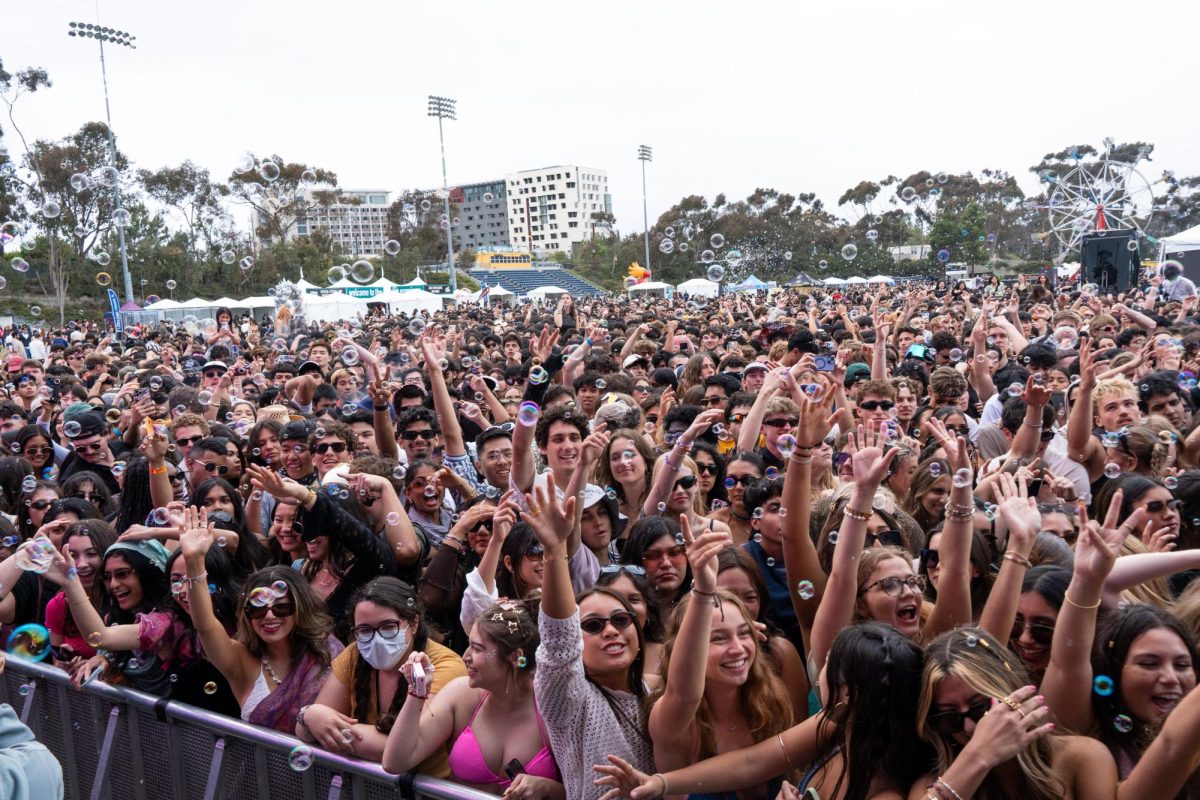
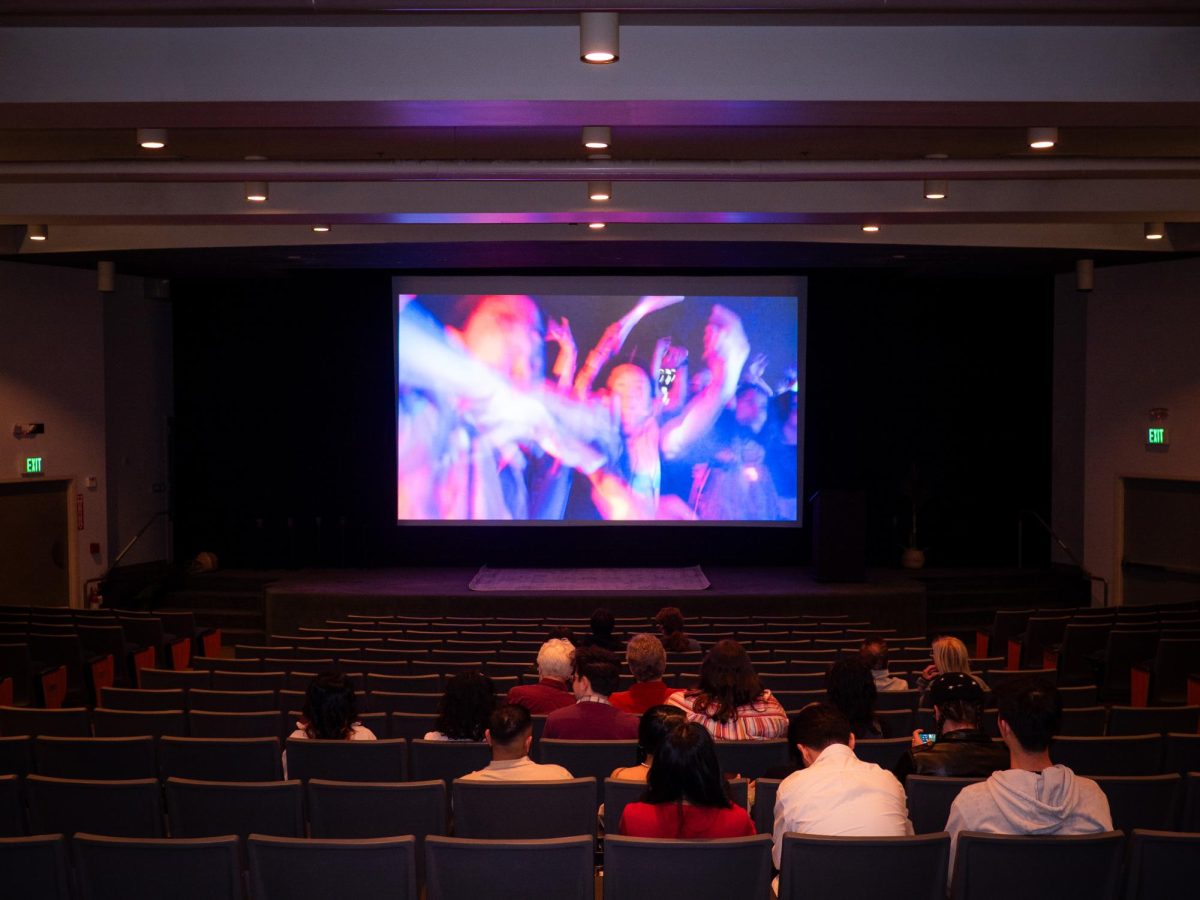
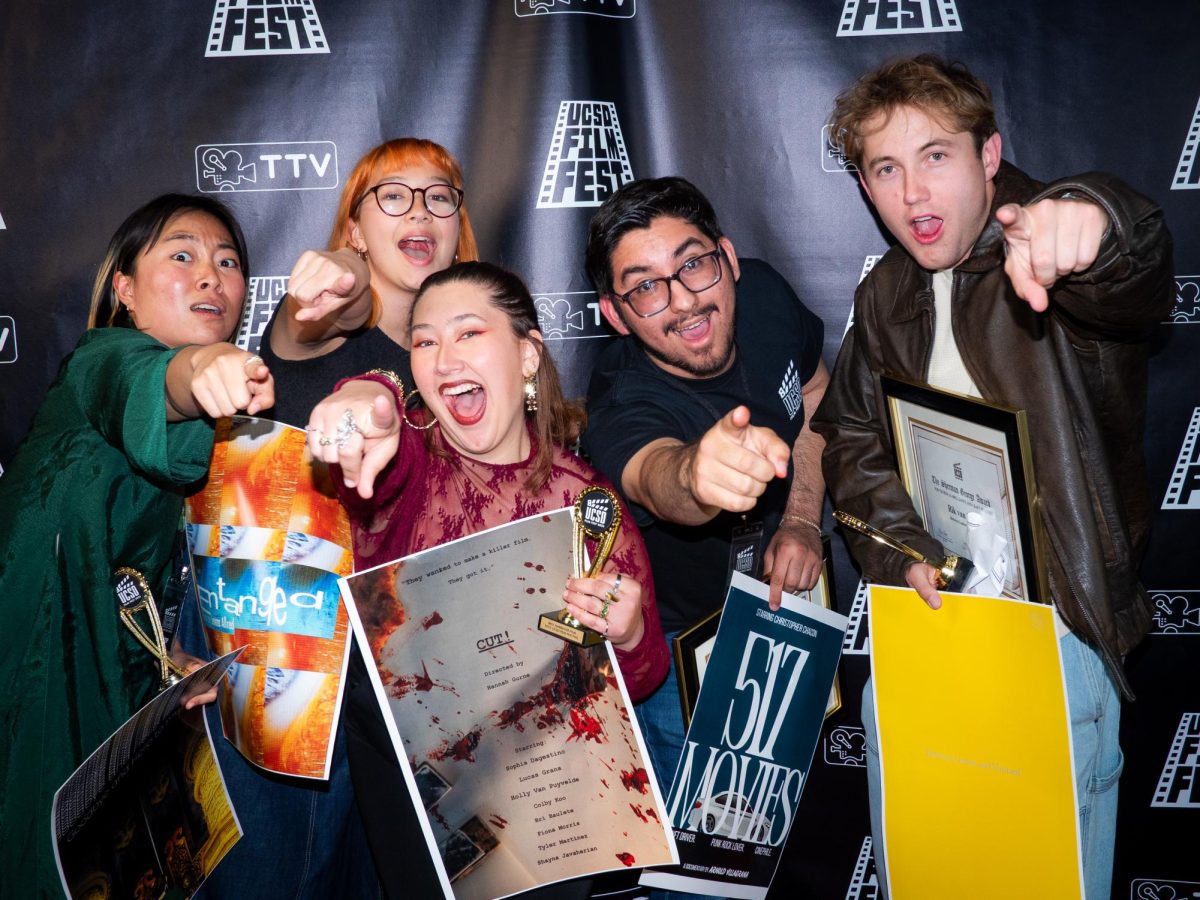
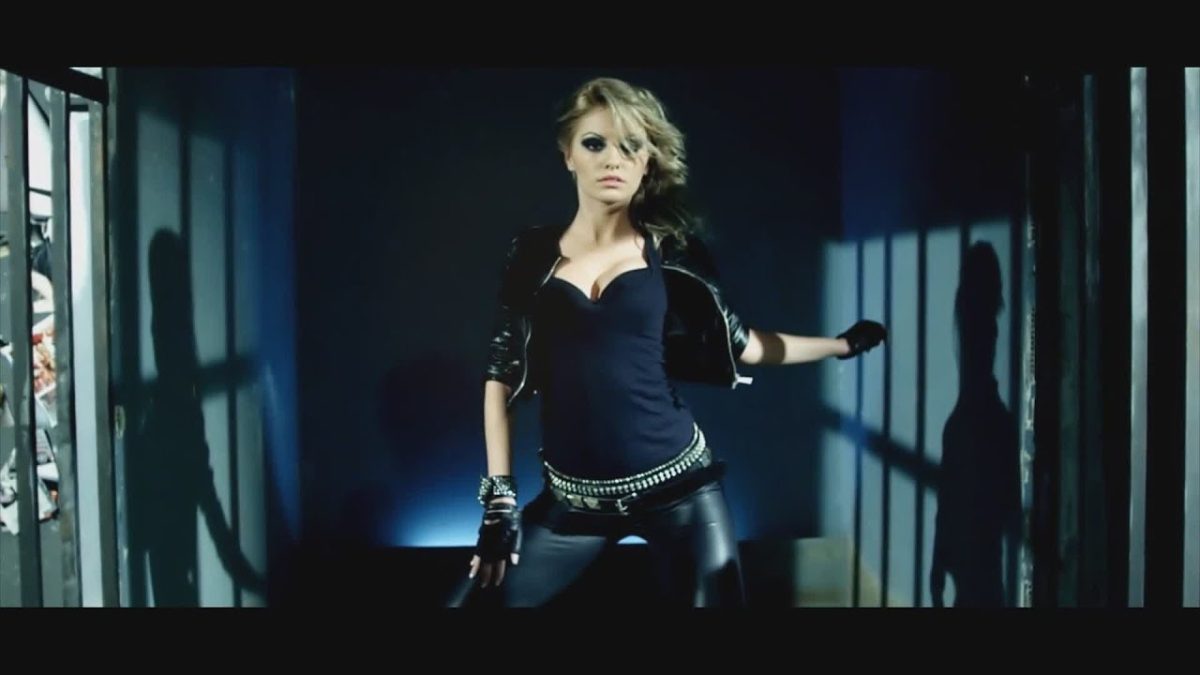
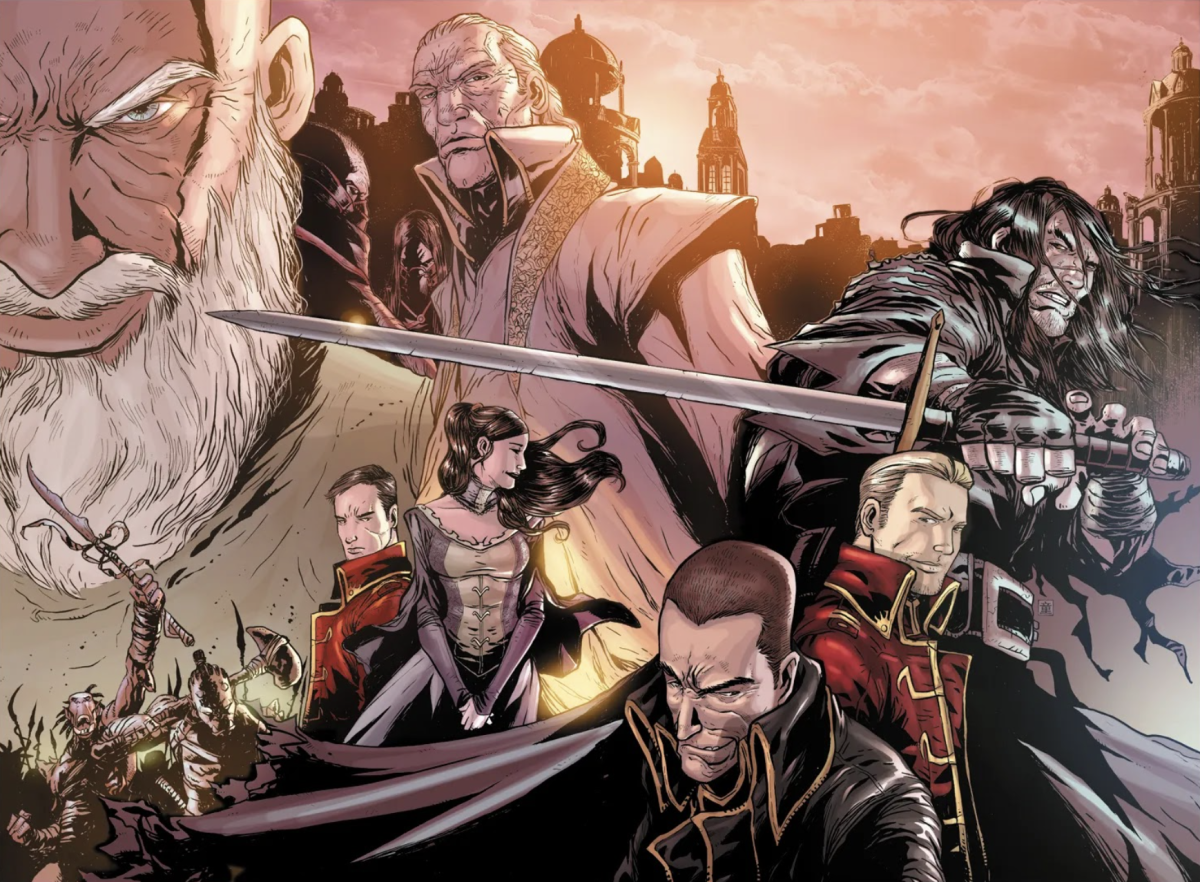

chad • Feb 20, 2024 at 3:08 pm
Ironic opening as Saint Pepsi had to play second fiddle to Night Tempo, Vantage and Macross at the Midway in San Francisco last year. Headliner being Yung Bae.
shawn kemp • May 20, 2022 at 1:54 am
Stunning site! Do you have any accommodating clues for trying essayists? I’m wanting to begin my own site soon yet I’m somewhat lost on everything. Would you prompt beginning with a free stage like or go for a paid alternative? jamie dutton yellowstone leather jacket There are such a large number of alternatives out there that I’m totally overpowered .. Any thoughts? Welcome it!
fbffbfds • May 7, 2022 at 11:38 am
wow, great info
Bradford Eisner • May 6, 2022 at 2:41 pm
I always enjoyed writing essays but not other writing assignments. Everything else makes me very tired. Even now I have found dnp capstone project writers to prepare my assignment. I don’t know at all what I should write so I better ask the experts for help.
Cathy Banks • Apr 29, 2022 at 9:24 am
I really like to read, since high school I have read a lot of books. And it made it easier for me as a student to cope with any academic assignment. And if difficulties arise, you can always turn to write my assignment for expert help. Where you can get help with writing essays.
billyroberts • Apr 19, 2022 at 5:23 am
Macross 82-99 appears to want to create songs with a more niche, old school sound, while mainstream artist Yung Bae is trying to take the genre in a new direction. There’s a lot of subcultures that are prone to this type of situation.
New paragraph: I think there’s something really interesting about the divide between these two types of future funk artists. For me, I was always drawn to the style Night Tempo was bringing to the table. In my opinion, it sounds like a mix of old and new school.
Viola Jones • Apr 8, 2022 at 11:11 am
What a beautiful essay you went out and on such an unusual topic, rightly amazed to write to your skill and the ability to write so beautifully, and I have nothing to do with it at all, I wouldn’t be against it, I wouldn’t mind what would be someone help write my essay for me, and then with this ever problems.
Merry Ja • Apr 8, 2022 at 12:28 am
I love anime.
Jack Hitch • Jul 13, 2023 at 11:29 pm
I too
Leonard Britvolli • Feb 11, 2024 at 10:40 am
yeeep buddy
Leonard Britvolli • Feb 15, 2024 at 10:07 am
quite an interesting article, given that I myself work in the field of artificial intelligence and do not quite agree with the analysis of AI potential, in principle, I like the author’s conclusions